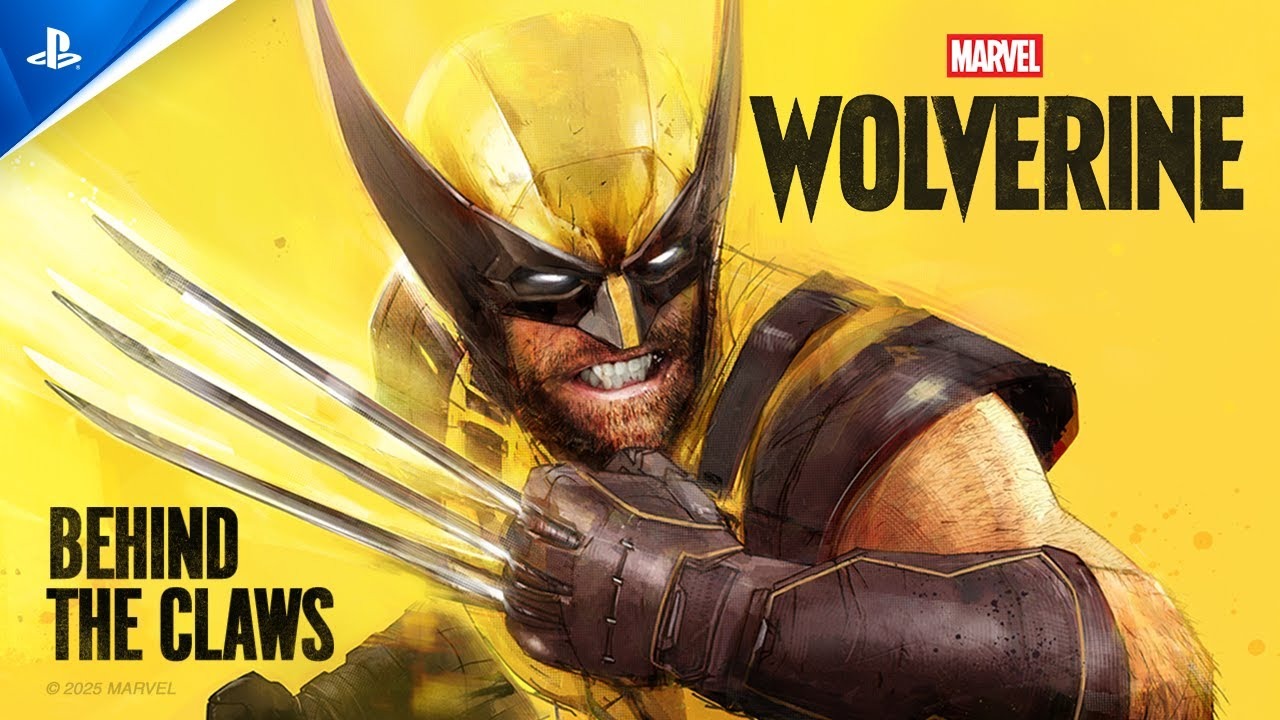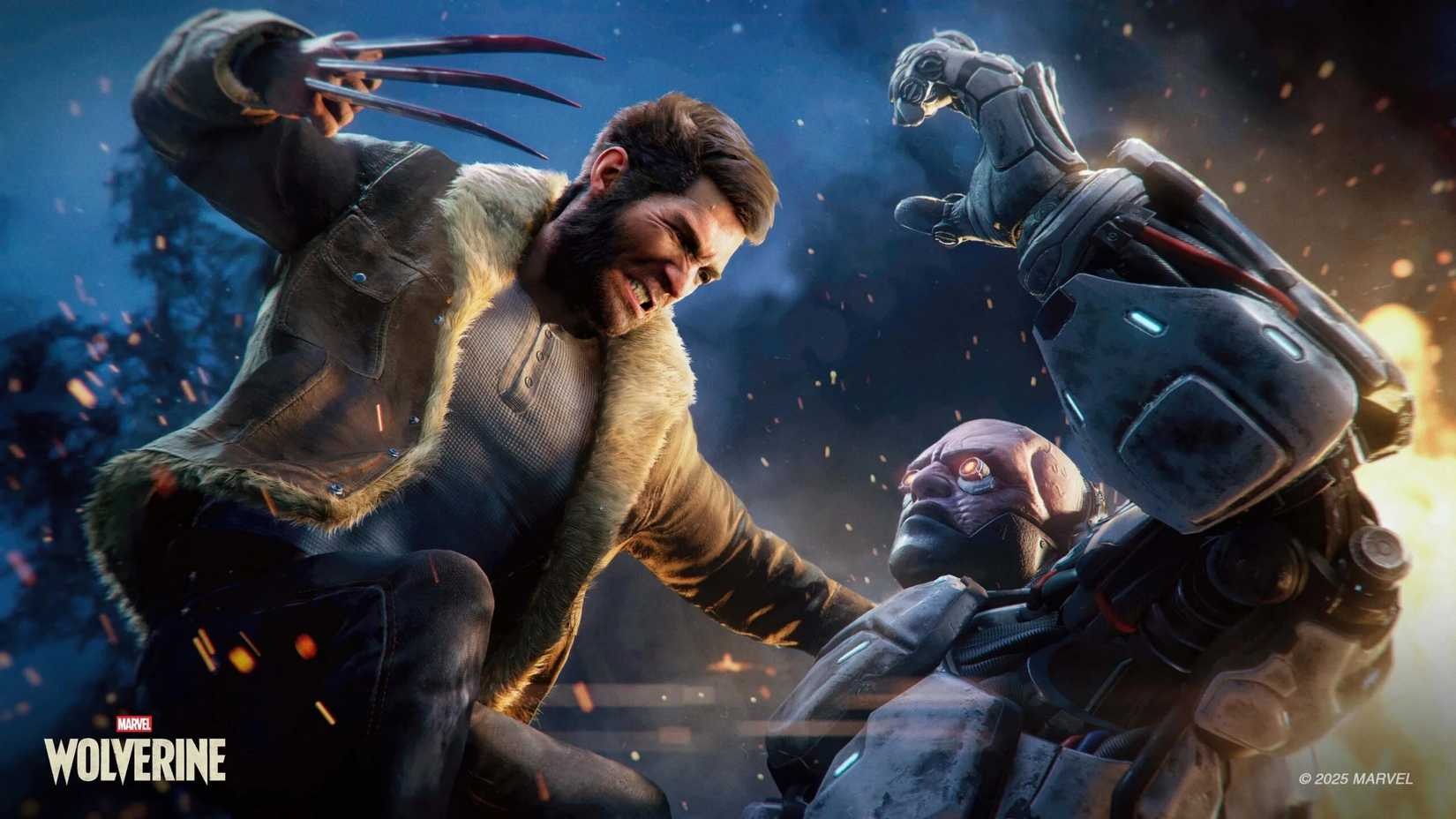Exclusive Deep Dive: Insomniac Games’ ‘Next-Gen Blood Tech’ and Wolverine’s Healing Factor – A New Era of Visceral Gaming
Popular Now
 Among Us
Among Us
 Geometry Dash
Geometry Dash
 Brawl Stars
Brawl Stars
 Sonic the Hedgehog™ Classic
Sonic the Hedgehog™ Classic
 Valorant
Valorant
 Toca Boca World
Toca Boca World
 Garena Free Fire: Kalahari
Garena Free Fire: Kalahari
 R.E.P.O
R.E.P.O
 God of War Ragnarök
God of War Ragnarök
 Warframe
Warframe 
LOS ANGELES, CA – The world of gaming is buzzing following the spectacular and shockingly brutal gameplay reveal for Insomniac Games’ Marvel’s Wolverine. Scheduled for a PlayStation 5 release in Fall 2026, the game is a deliberate, dramatic departure from the studio’s comparatively light-hearted Spider-Man franchise. The core difference? A no-holds-barred embrace of Logan’s savage nature, powered by a revolutionary new feature: dedicated, next-gen “Blood Tech.” This technological leap is far more than mere gore; it is a fundamental pillar of the game’s design, inextricably linked to Wolverine’s iconic healing factor and the promise of a truly authentic character experience.
***
The Core Innovation: Blood Tech as a Storytelling Tool
The term “Blood Tech” (a significant high CPC keyword for gaming news) has been spotlighted by Insomniac developers themselves, who are keen to stress that Wolverine is delivering a level of detail and maturity they have never been able to achieve before. The combat in the unveiled trailer is fast, fluid, and ferocious, showcasing dismemberment, deep lacerations, and a level of carnage that is unapologetically R-rated. This is not arbitrary violence; the system is designed to provide immediate, visceral feedback that grounds the player in Logan’s brutal reality.
Visual and Environmental Impact of the Gore
The new tech is confirmed to feature ultra-realistic rendering of fluids and impact physics. This includes:
- Fluid Dynamics: Blood splattering onto environmental surfaces – snow in the Canadian wilderness, neon-slick streets of Tokyo, and the industrial floors of the Weapon X facility – remains realistic, staining the world permanently until the environment transitions. This creates a haunting, persistent trail of Logan’s wake, a visual representation of his self-loathing and the unrelenting violence of his life.
- Dynamic Wounds and Dismemberment: Claws don’t just register hits; they slice and dice. The gameplay showcases enemies losing limbs and sustaining grievous, temporary wounds that deform dynamically. This fidelity ensures every hit with the adamantium claws feels genuinely impactful and terrifyingly final.
The result is a game that is thematically darker and more brutal than fans have come to expect from the studio, effectively using the gore to establish the mature tone demanded by the source material. It is a calculated risk, but one that promises to deliver the ultimate Wolverine fantasy.
***
 Wolverine’s Healing Factor: Gameplay Mechanic and Visual Spectacle
Wolverine’s Healing Factor: Gameplay Mechanic and Visual Spectacle
Crucially, the Blood Tech is only half the story. The other, more fascinating half is how it intertwines with Logan’s regenerative healing factor. In previous Wolverine games, the healing factor was often a simple health bar regeneration delay. Insomniac is poised to make it a central gameplay spectacle that constantly reminds the player of Wolverine’s curse of unkillable resilience.
The “Rally” System and Temporary Trauma
Leaks and developer discussions hint at a sophisticated health system that ties directly into his powers. While definitive details are scarce, the likely implementation involves:
1. Temporary Trauma: Logan can be seriously injured – impaled, burned, or even stripped down to his adamantium skeleton – but these conditions are temporary. The visuals are explicit: a hit that would kill any other character might see Logan slow, his skin peeling back to reveal the bone. This feeds the Berserker Rage and the need for immediate, aggressive counter-attack.
2. Aggressive Regeneration (The “Rally” Mechanic): It is speculated that healing will be tied to aggressive combat, similar to the “Rally” system in Bloodborne. When injured, the player can regenerate health by immediately landing a new attack. This forces the player to adopt Logan’s relentless, feral fighting style – you can’t afford to back down. This system is a narrative and mechanical perfect fit, embodying the principle that Wolverine is the best there is at what he does by turning damage into momentum.
3. Visual Feedback: The new tech will visually render the regeneration process in real-time, a feature never before seen with this level of detail. Imagine taking massive damage only to see muscle tissue and skin rapidly knit together across the skeleton, all while you are mid-combo. This spectacle transforms a mere health bar into a breathtaking visual narrative of survival and tenacious will.
***
The Broader Implications for Insomniac and Marvel Gaming
The commitment to such a brutal, sophisticated system signals a maturation for Insomniac Games and a critical turning point for the Marvel video game universe. By building a game that is uncompromising in its mature content, Insomniac is not just creating a great action title; they are legitimizing the demand for darker, narrative-focused superhero experiences that delve into the pain and trauma that defines characters like Logan. This focus on core character tenets — his rage, his healing, his mysterious past — promises a story that is as gripping as the combat is visceral.
With high-profile villains like Omega Red and Mystique confirmed, and a story that spans from the Canadian wilderness to the criminal haven of Madripoor, Marvel’s Wolverine is poised to be an unmissable PlayStation 5 exclusive and a benchmark for next-generation action-adventure design.
***
Keywords for SEO: Insomniac Games Wolverine, Next-Gen Blood Tech, Wolverine Healing Factor Gameplay, Marvel PS5 Exclusive, Adamantium Claws Combat, Marvel’s Wolverine Release Date, R-Rated Superhero Game, Omega Red, Liam McIntyre Wolverine.
***









 Wolverine’s Healing Factor: Gameplay Mechanic and Visual Spectacle
Wolverine’s Healing Factor: Gameplay Mechanic and Visual Spectacle